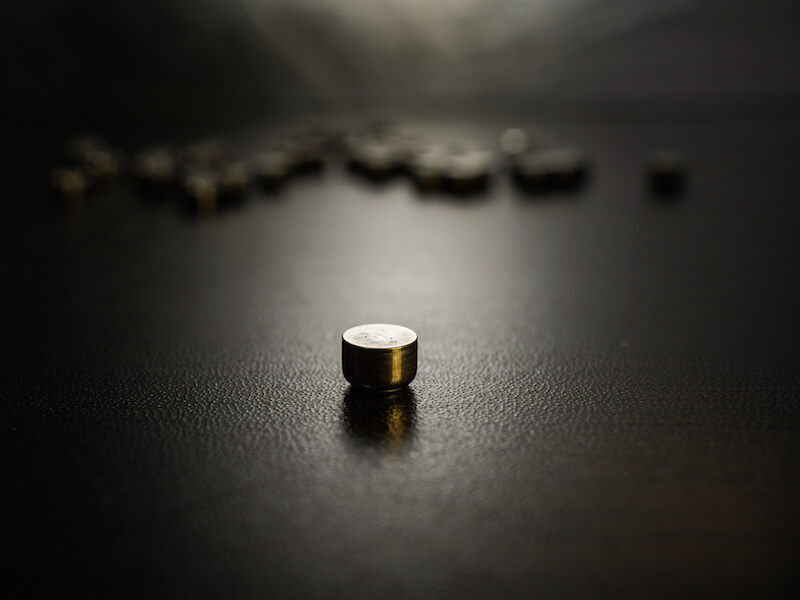
From phones to cameras to music players, how we power our electronics has progressed. For decades, individuals looking to address hearing loss have hoped for a similar advancement, and the industry is finally recognizing the promise of a powerful rechargeable hearing aid battery.
Disposable hearing aid batteries have traditionally been the power source of choice amongst manufacturers, with size 312 batteries serving as one of the more common battery types. These days, the most popular version of these batteries is known as a “zinc-air” battery.
Disposable Hearing Aids Have a Downside
The presence of air impacts a zinc-air battery, as the name suggests. The user has to tear a little tab off the back of a 312 zinc-air battery in order to activate it.
They will start losing power the moment they are completely oxygenated. So the power is depleting even if the user isn’t actively using it.
The biggest downside to disposable batteries, for the majority of users, is how short they last. Some reports have cited the standard life expectancy of a size 312 disposable battery to be between 3 and 12 days, which means users may need to replace their batteries around 120 times per year.
That also means users may need to buy 120 batteries, spend the time twice every week to change them, and properly dispose of each. That’s most likely over $100 in batteries from a cost outlook alone.
Rechargeable battery Advancements
Rechargeable hearing aid technology has advanced to the point where it’s now a viable solution and that’s good news for people who wear hearing aids.
The vast majority of people would use rechargeable hearing aids if given an option according to various studies. Previously, these models were impractical because they didn’t keep a charge long enough. But modern rechargeable batteries will last all day without requiring a recharge.
Users won’t see substantial cost savings by switching to rechargeable batteries, but where they will see an obvious improvement is in quality of life.
These modern models give less frustration on top of keeping a 24 hour charge because the user doesn’t deal with the burden of constantly changing out the batteries. They just need to put the battery on the charger.
A disposable battery approaching the end of its life simply can’t work at full capacity. And you can’t determine how close the battery is to failing. So the batteries could die at the exact moment that a user needs them the most which might even put them in peril. A dead battery will not only cause a safety concern, it could cause the user to miss out on important life moments.
Hearing Aids Come in Different Types
There are distinct benefits to each of the different materials that rechargeable batteries are made of. Integrated lithium-ion batteries are one option being used by manufacturers because they can hold a charge for 24 hours. And smart-phones are powered by this same type of battery which might be surprising.
Another type of contemporary rechargeable battery is a silver-zinc. Originally, these revolutionary batteries were developed for Nasa’s moon missions. You can even use this technology to modify and retrofit the existing hearing aids you’re comfortable with by changing the device to rechargeable power. Just like lithium-ion, silver-zinc can also supply enough power to last you for a full day.
There are also models that allow you to recharge the hearing aid without removing the battery at all. For these, users will place the entire hearing aid on a charging station when they sleep or during another time when the hearing aid isn’t in use.
Whichever option you decide on, rechargeable batteries will be significantly better than disposable batteries. You just have to do some research to decide which option is ideal for your needs.
Check out our hearing aid section if you’re looking for more information about what battery would be the right choice for you or any other info about hearing aids.